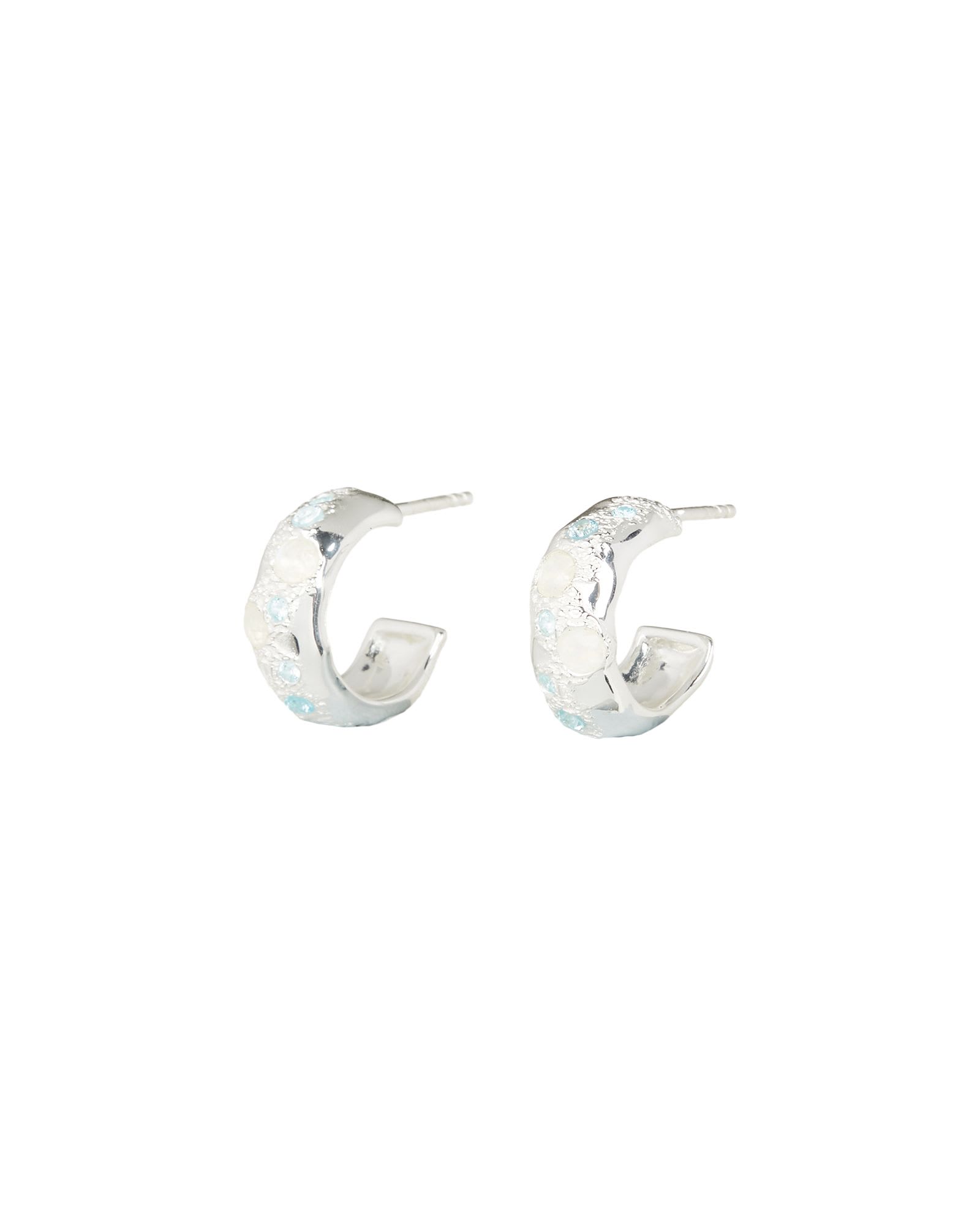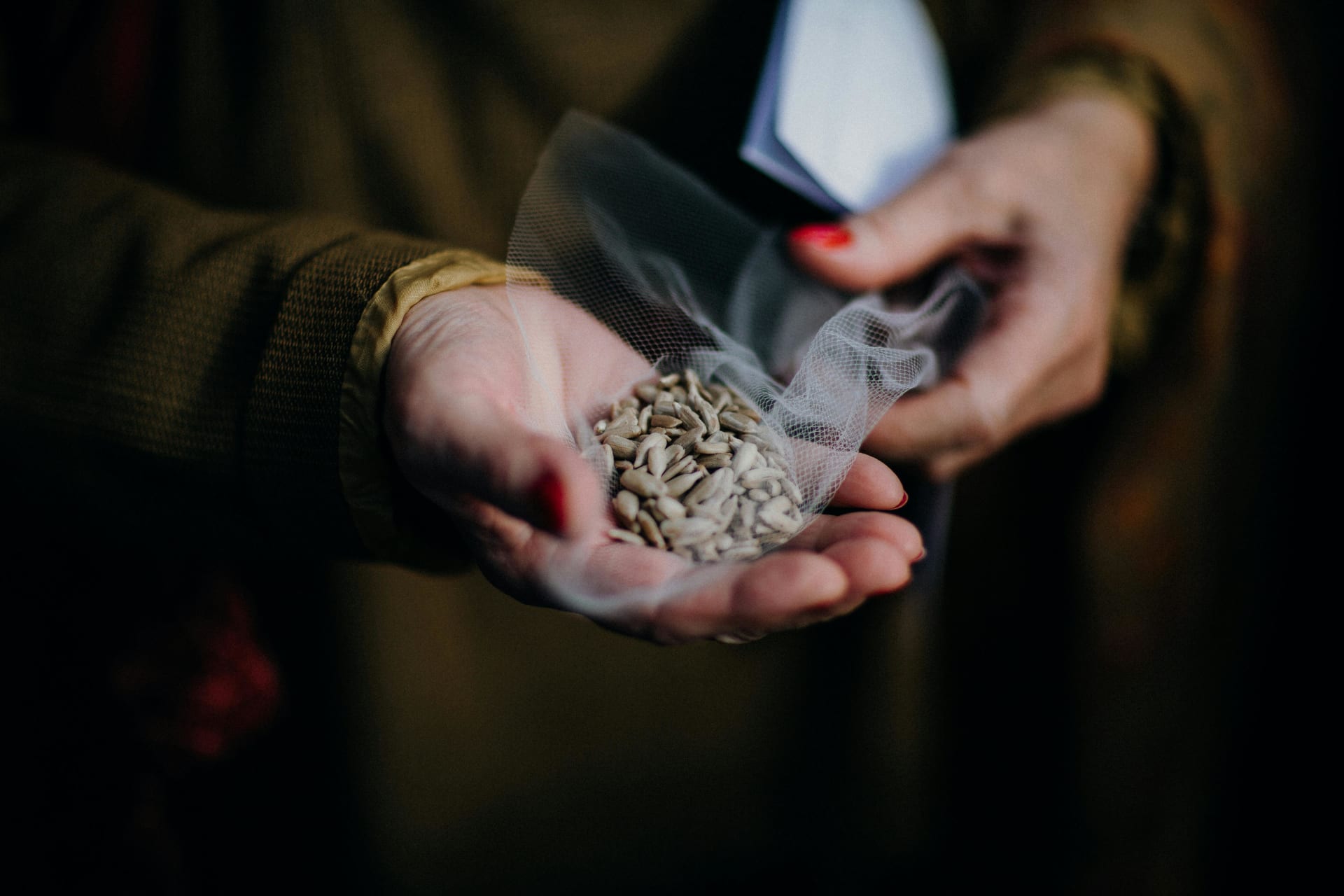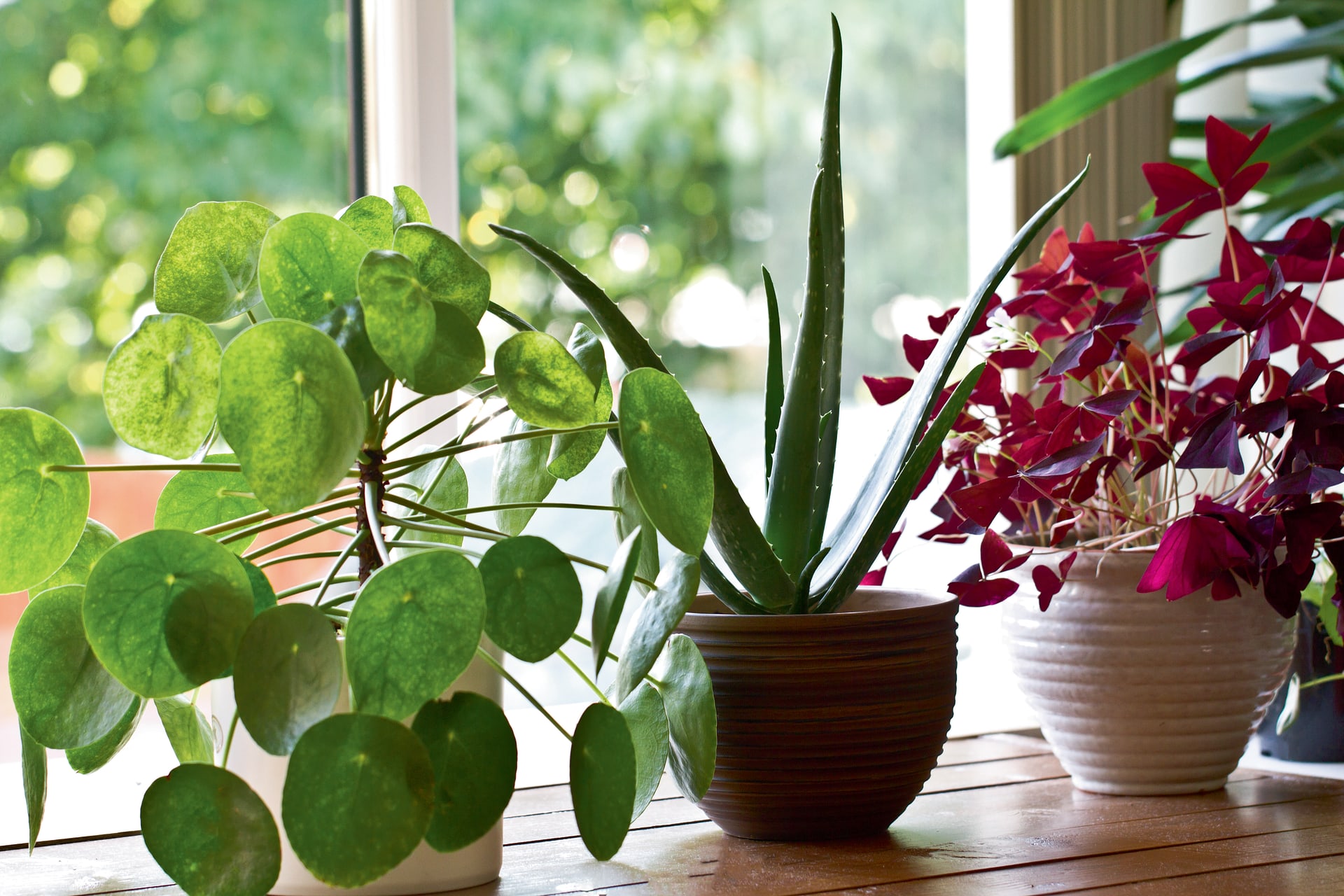The term ‘grass’ is a convenient way to identify a wide range of plants which share similar narrow strap-like leaves. True grasses from the Gramineae family almost always have hollow, round stems with solid nodes at regular intervals; the sub-family of woody-stemmed perennial bamboos are one example. Grasses can however be confused with other grass-like ornamental plants such as sedges and rushes, both of which belong to a separate and distinct plant family.
There are a wide selection of what we refer to as ‘ornamental’ grasses to choose from with handsome foliage in a variety of colours, some turning autumnal shades when the temperatures fall. They produce flowers and seed heads as we head into winter and when the frost hits, ornamental grasses can look simply stunning. If you plant the taller varieties as the wind catches them, they make a soft, whispering sounds which bring the garden alive. Most garden centres stock grasses throughout the year but usually have a wider selection in early autumn as the plants start forming their flowers and seed heads. Late winter is, however, a good time for planting grasses which originate from cool climates such a Deschampsia, Festuca, Helictotrichon and Stipa as they start coming into growth in February and will flower before mid-summer. Other varieties which originated from warmer climates can be planted in late spring. These include Miscanthus, Panicum and Pennisetum. These are the grasses you will see flowering after midsummer, and which are cut back hard in February before their new growth starts.
If you are looking to incorporate ornamental grasses in your planting scheme most prefer open, sunny positions in light, moist but free draining, moderately fertile soil. They can be planted in mixed borders, adding statuesque height and drama to the back of a border. Alternatively, if you have a Prairie planting scheme, the smaller lower growing varieties can bring it alive. Ornamental grasses can also be used effectively in a low maintenance grass border with a selection of heights, shapes and textures included. Once they are either cut back in February or combed out to remove dead leaves, they require very little maintenance through the year. Grasses also grow well in containers either one variety for a striking effect or a mixture of leaf colours and textures. All can add height and contrast. Grass-like evergreen sedges such as Carex might be included within a winter container planting scheme.
Once you have an idea of where you want to plant an ornamental grass, you need to consider the height and shape you want to use. There are varieties to suit all spaces. Grasses are either clump forming (as those described below) or in some cases creeping with runners above ground (stollens) or underground rhizomes, like many bamboos. Whilst creeping grasses can be good to plant on slopes as they hold the soil or as ground cover in less manicured parts of the garden, bamboos need to be planted with caution as in a wet summer they will put shoots through many feet away from the original plant. Restricting root growth can only be done using a metal preventative barrier.
- Tufted grasses, such as Festuca, have spiky upright leaves which arise from a central point.
- Mounded grasses, for example Pennisetum or fountain grass, as the name suggests have gracefully curved foliage radiating out from the centre of the plant and the flower heads bend slightly like a cascading fountain.
- Upright grasses, have strong vertical leaves which grow in columnar clumps. Varieties include Panicum virgatum or switch grass.
- Combination shapes are usually upright plants in terms of their leaf structure, but their flower heads can either be slightly bent and fountain-like as those found in Miscanthus sinensis (Japanese silver grass) or Calamagrostis x acutiflora (Feather reed grass).
When digging your planting hole add a mix of garden compost and once planted, water newly planted grasses for their first growing season, especially during hot weather. After that, most grasses will be fairly drought resistant and require very little routine care. They only require one application of general fertiliser in the spring, more than that encourages lush foliage at the expense of the flower heads. For grasses planted in pots and containers, use a compost such as John Innes No 2 combined with a loam-free multi-purpose to lighten the mix at a ratio of 4:1. Pot-grown grasses require more water through the year but don’t drown them, and feed with a general-purpose liquid feed monthly from March to October. Grasses which fail to flower need more sun. There are a few varieties which are prolific self-seeders such as Carex pendula and it is worth dead heading these before the seeds fall or they will become invasive.
Overall maintenance for ornamental grasses is minimal. In February, the varieties which start flowering after mid-summer, need to be cut hard back to within a 10cm from the ground. It is sometimes necessary to do this in January if the wind has broken the stems. Other evergreen varieties will require you to use a wide comb to run through their leaves extracting the dead material as you do. Overtime, some grasses will grow into large, overcrowded clumps and will need to be lifted and divided every five years or so. This is not always an easy job as they tend to put down deep roots. Once you have dug them out of the ground with a spade, using two forks inserted back to back into the centre of the clump, to prise them apart. Alternatively, with care, use a wood saw cutting through the root clump. Smaller clumps of grasses, such as Hakonechloa, can be pulled apart by hand once lifted out of the ground.
If you have planted Cortaderia selloana (Pampas grass) then you need to beware. Whilst this plant is beautiful, it requires space and will require hard pruning in February. Ensure you wear stout clothing and gauntlet-style gloves before attempting to do this safely. Also, once established, you may need a mini digger to lift it out of the ground.
Our Favourite Grasses
Briza media (Quaking grass)
Although a short-lived perennial, this wild grass has very pretty branched heads of ‘quaking’ green-yellow flowers with a purple tinge with smooth, flat grey-green leaves. Plant in groups for maximum impact in the border and enjoy in the vase indoors. Height 38cm x spread 30cm.
Calamagrostis x acutiflora ‘Karl Foerster’ (feather reed grass)
This is a hardy clump forming grass growing to 2m x 75cm if grown in moist soil. This statuesque grass produces feathery plumes in summer and due to its stiff, upright habit, is good for planting en-masse to form a screen or for adding height and definition to a border.
Hakonechloa macra ‘Aureola’(Japanese forest grass)
A beautiful low-growing ornamental grass, perfect for planting along the front of borders, the edges of paths or in pots. The leaves are striped yellow and green, turning red when grown in full sun. Slender flower spikes appear from late summer. This grass enjoys humus-rich, moist soil and will grow in clay soils. 30cm x 45cm.
Imperata cylindrica ‘Rubra’ (Japanese blood grass)
As the name suggests, this is good for growing in a Japanese style garden, in a mixed border or in pots. This grass grows to around 40cm tall with a spread of 30cm and bears spikes of brilliant red leaves which fade to bright green at the base, becoming translucent over time. To get the best effect plant in groups of three or five. It will grow in clay, and light sandy soils.
Miscanthus sinensis (Chinese Silver Grass)
There are two varieties of this clump forming grass worth considering for your garden. Morning Light grows 1.5 m x 1m. This is a particularly graceful form with slender green blades with narrow cream margins, arching gently at their tips to create a fountain effect. Their reddish brown flowers appear in October.
Perfect for mixed borders, Zebrinus grows up to 1.8m x 1m. This fountain-like grass gets its name from the horizontal cream bands on the leaves and has finger-like flower spikes in late summer. This is a perfect specimen plant or a back of border plant.
Molinia caerulea ‘Variegata’ (Variegated Purple Moor Grass)
A well-behaved clump forming herbaceous variety growing 70cm x 50cm. Good for growing front to mid border or in pots with perennials or annuals. It will die back completely during winter and reshoots in early spring.







